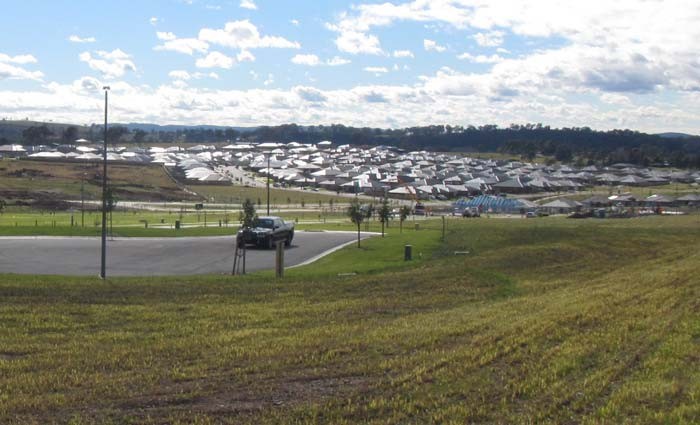You’ve found what you think is a brilliant development site. Now it’s time to jump on that roller coaster and start the ride of your life as you commence the analysis process. Will the project be feasible? What is feasible anyway?
Feasible is really another word for “is it going to be financially worth it for you to spend your time, energy, money, blood, sweat and tears developing this site?”
Some advice I can give you about property investing and anyone in property will also tell you, to stay emotionally unattached to the property, as this is where bad decisions can be made. I have seen it many times and this is where it can all come undone.
Firstly, it’s important to determine your development strategy and your investing criteria prior to looking for a development site. Your strategy may include:
- Land Subdivision
- Renovate an existing dwelling
- Dual occupancy or low density development
- Renovate an existing dwelling and build new villas/units also on the land
- Medium density development
- All of the above
Your budget will help to determine your development strategy. A simple land subdivision will be less costly (but not necessarily quicker) than a larger villa/unit development for instance.
As part of your strategy, you will need to think about what profit margin you would feel comfortable making from a development. You may have heard about the ‘20% profit margin’ rule for developers? Once all development costs are taken from the potential sale result of the properties, (when selling the properties) there will be a 20% profit margin. Personally, I don’t always work back from a certain profit margin as I find this restrictive.
Most Property Bloom clients are looking to boost their portfolios, create some equity and hold the new properties long term, so we also need to meet other criteria such as rental returns and depreciation benefits on completion.
To determine the feasibility of a site, you will need to:
- Talk to an accountant who specialises in property and one who preferably develops property themselves as they can advise you on the best structure or entity to purchase under and explain the tax implications when developing such as GST and CGT.
- Meet with a finance broker or a bank to determine your budget and the best loan structure for your development. It’s important to choose a lender that offers construction loans for more than one dwelling and find out what their lending criteria is around this i.e. not all residential lenders will lend to you for a four unit site for instance. Check interest rates on these loans.
- Meet with solicitor to determine their costs. They will check for restrictive covenants or easements that may affect the land. They will also make sure services are available and connected especially if you are developing in a new area as well as finalising the deal for you.
- Read the local Development Control Plan (DCP) and Local Environment Plan (LEP) and speak with your council’s town planner to find out DA and CC (Construction Certificate) fees and charges.
- Meet with an architect and builder to determine what you can build on the site and estimated construction costs. Some builders offer standard designs which will save you design fees. If they do this, then they will be familiar with the local planning requirements. If you are not happy with a standard design, engage a local architect to design specifically for the site. Get a quote.
- A surveyor will give you advice on the subdivision process and estimate costs relating to the subdivision including sewer extension and service connection costs.
- If you are time poor and/or inexperienced, then factor in a cost to use a project manager. The cost can be taken up in the depreciation schedule and you will save a lot of time.
- Talk to real estate agents to determine the value of your development and rental returns on completion and their management costs if you are holding as this will have huge impact on the success of the feasibility. It's important to take current market conditions into account.
- Research other costs such as Stamp Duty and if there are any government grants applicable that may offset some of the stamp duty, insurance costs and interest/holding costs.
The aim is to keep the above costs to a minimum so you will receive a higher profit margin. At Property Bloom we have negotiated discounts with all our suppliers, builders and consultants. Even our preferred property managers give our clients a discounted management fee, so if you can do the same, you'll make a good saving.
Compile a spread sheet for the costs or there are software programs available to help you with this process.
The more development sites you assess, the quicker you'll understand which ones are feasible and which ones just don't stack up. Have fun and enjoy the ride!


